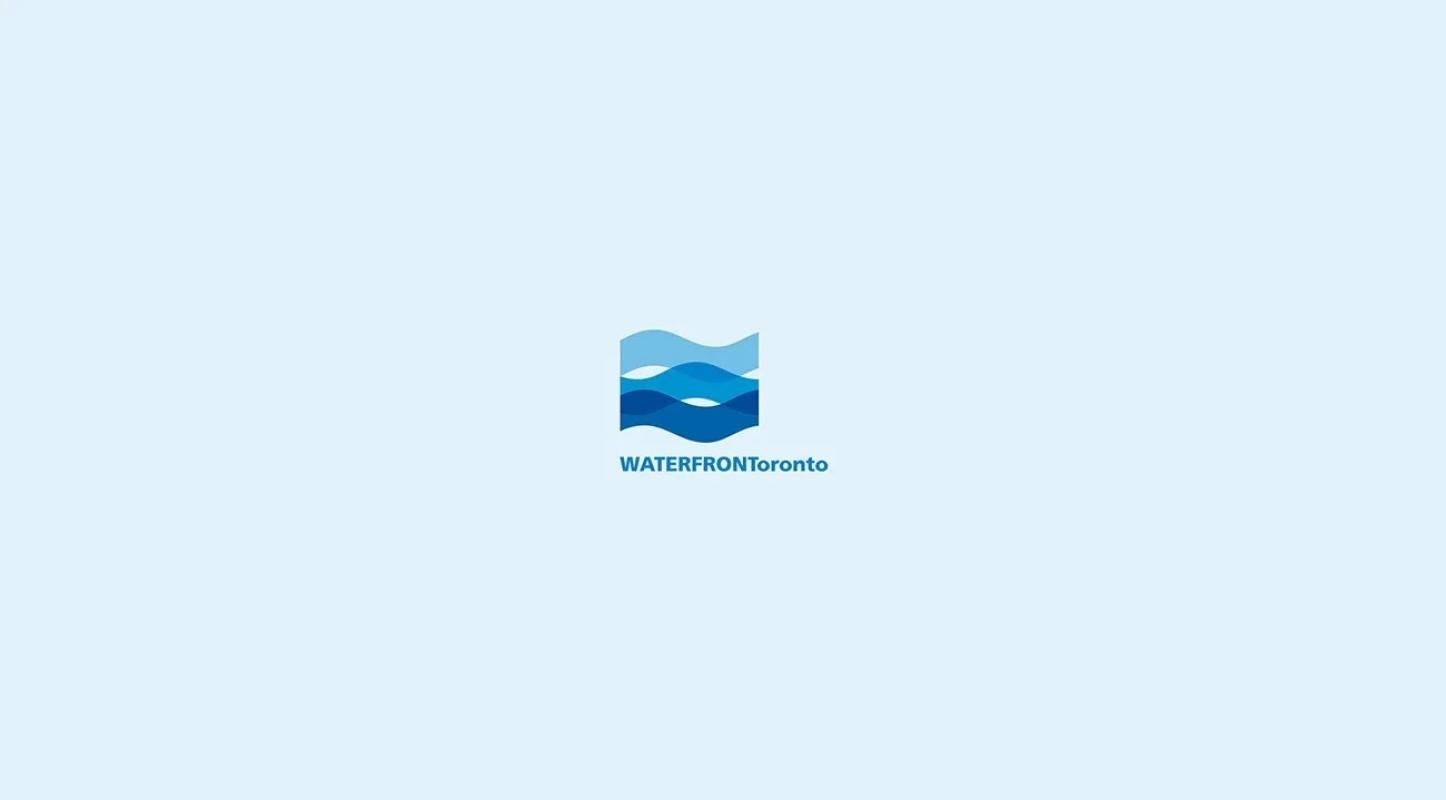Waterfront Toronto releases 2017-18 Corporate Plan
Waterfront Toronto is pleased to announce the release of its 2017/18 Corporate Plan, which was approved by its Board of Directors at its December 12 meeting. This document outlines the Corporation’s direction for the upcoming fiscal year, including strategic objectives, project deliverables, budget, funding, and cash flow and risk management.
2017/18 marks a transitional year for Waterfront Toronto, as we are currently examining our corporate strategy and priorities to ensure the next phase of revitalization effectively addresses evolving challenges and opportunities. As a result, the 2017/18 Corporate Plan is intended to be a transitional document that will be updated later in 2017.
Here is a message from our President and CEO, William Fleissig, with more information on the 2017/18 Corporate Plan and Waterfront Toronto’s evolving corporate direction.
For over a decade Waterfront Toronto has been making the revitalization of Toronto’s waterfront a reality. From planning and development, to designing and constructing, the transformation of the city’s formerly industrial waterfront into new communities and public spaces is visibly well underway. Our investment to date of $1.3 billion of largely government funding has resulted in private sector investments, which have generated $3.2 billion in economic output to the Canadian economy; $622 million in government revenues; and 16,200 full-time years of employment.
For this, we can thank the leadership of my predecessor John Campbell. He led Waterfront Toronto from its inception until the end of 2015 and handled the difficult task of demonstrating to three levels of government and the public that a revitalization program – one that integrates flood protection, beautiful parks, enhanced pedestrian/bike mobility, transit, mixed-income housing, and economic development – was not only the right vision, but a winning strategy to attract private investment.
With John’s departure, I now have the privilege of leading this organization. It is time for us to reflect, assess and evolve. We are examining how Waterfront Toronto delivers on our original mandate: How do we interpret our original goals in the context of changing government policies and an evolving market? What does that mandate mean now? How should Waterfront Toronto’s priorities change? How do we measure the impact of our work? How do we work with our partners to improve our coordination and efficiency?
The context in which we are operating has changed since 2001: Toronto is the fastest growing large metropolitan area in North America; the downtown core is adding more jobs and residents at a robust rate, and is expanding towards the waterfront; there is a backlog of critical urban infrastructure; government funding is constrained; new technologies are changing the employment market; housing is a challenge – particularly for working class families; climate change imperative is a reality that must be acknowledged; and, urban mobility is a growing challenge.
We are focusing our efforts around an emerging strategy called Waterfront+ to better understand and articulate the challenges that Toronto – and cities around the world – are facing: climate change, mobility, inclusivity, economic growth, accessibility and connectivity. How can our efforts advance innovative solutions to these challenges that both fulfill our mandate and produce new city-building models for the region and the country?
Our new direction is not an overnight decision; it is a process that takes time. We have to adjust how we work and how we are organized. Accordingly, this document reflects an organization in transition.
Regardless of this process, we do know there are immediate challenges that we can tackle to accelerate the waterfront’s revitalization. We have a great design for one of the most important public spaces in the city, the Jack Layton Ferry Terminal. Every year, 1.34 million residents and visitors pass through the Ferry Terminal on their way to the Toronto Islands. This space – the gateway to one of Toronto’s most cherished places – can and should become an iconic symbol for Toronto and the entire waterfront.
Further east, in Toronto’s Port Lands, a vast and underutilized area awaits revitalization. Roughly the size of two High Parks, the Port Lands sit in the Don River’s flood plain, just steps from our growing downtown – the region’s economic engine. Waterfront Toronto’s plan to flood protect the Port Lands and unlock its immense potential will create new communities, parks and public spaces. This has been an ongoing priority that the governments of Canada, Ontario and Toronto have given Waterfront Toronto since our creation. The plan is now front and centre in addressing governments’ climate change, economic development and green infrastructure agendas, and we are ready to implement it.
In this report, you will find a summary of our transitional plans for the 2017/18 fiscal year. I invite you to watch our website in the months ahead, as our organization works to evolve and find new ways to make the waterfront a testbed for new approaches, methods and technologies. We are intent on making a critical contribution to Toronto’s economic, social, and environmental well-being – one that will serve as an example to other cities around the world.
You can find the published 2017/18 Corporate Plan in our document library under Annual Reports. Upon completion of our on-going strategic review process, we intend to update the Corporate Plan. We expect this update to be communicated early in the 2017/18 fiscal year.
President & CEO
William Fleissig

